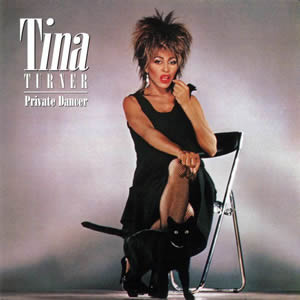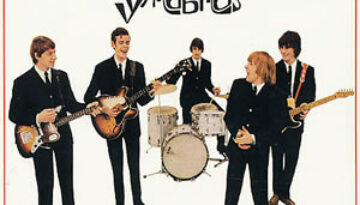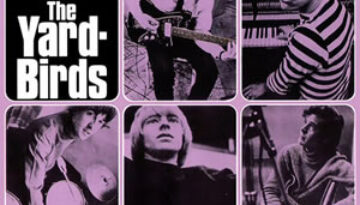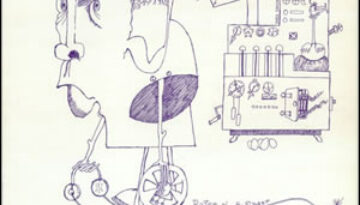Truth by The Jeff Back Group
Buy Truth There probably has never a debut album like Jeff Beck‘s 1968 solo debut, Truth. This album, of unique interpretations of diverse covers, introduced the talents of future superstar Rod Stewart on […]

Buy Truth There probably has never a debut album like Jeff Beck‘s 1968 solo debut, Truth. This album, of unique interpretations of diverse covers, introduced the talents of future superstar Rod Stewart on […]

Buy Private Dancer The story surrounding Tina Turner and her remarkable comeback with Private Dancer is the stuff of Hollywood movies. In fact, it was a Hollywood movie, and this remarkable vocalist who […]

Buy Having a Rave Up with The Yardbirds Having a Rave Up with The Yardbirds is an oddly constructed mish-mash of recent singles, new recordings, and live tracks recorded over 19 months prior […]

Buy For Your Love About four years ago, we reviewed the 1966 album by The Yardbirds commonly known as “Roger the Engineer”, which saw the final days in the band for guitarist Jeff Beck. […]

Buy “Roger the Engineer” The Yardbirds put out their strongest album ever in 1966 as well as their only album of all original material. It originally had an eponymous title but has come […]